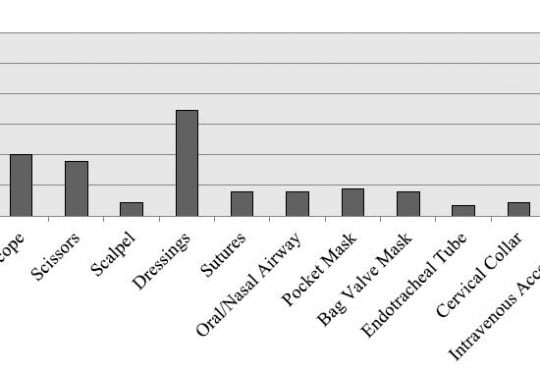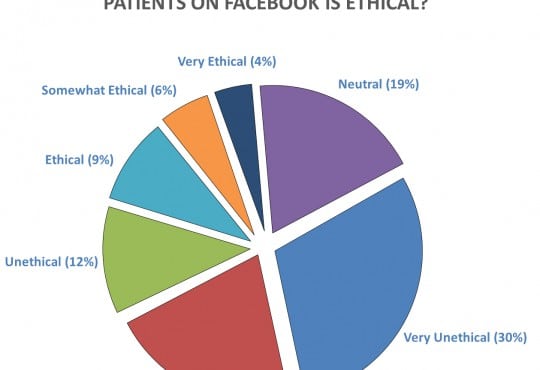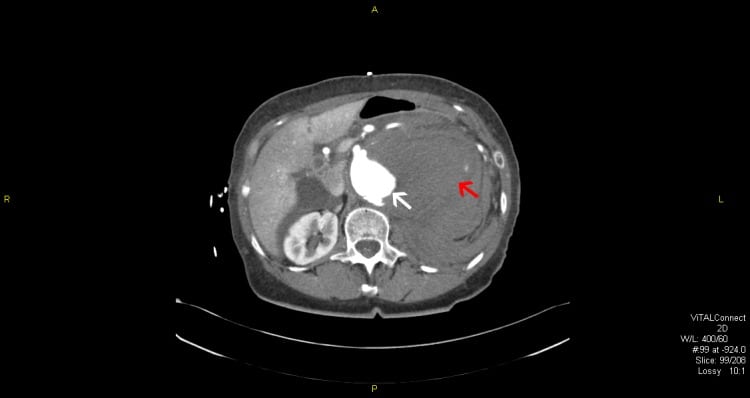Archives
Ethical and Legal Issues
Emergency Department and Urgent Care Medical Malpractice Claims 2001–15
Westjem Read More
Ethical and Legal Issues
Response to Moulin and Jones: “The Alameda Model: An Effort Worth Emulating”
Westjem Read More
Ethical and Legal Issues
Informed Consent Documentation for Lumbar Puncture in the Emergency Department
WestJEM Read More
Ethical and Legal Issues
Patient Attitudes Regarding Consent for Emergency Department Computed Tomographies
WestJEM Read More
Ethical and Legal Issues
Integrated Model of Palliative Care in the Emergency Department
WestJEM Read More
Ethical and Legal Issues
Medical-legal Issues in the Agitated Patient: Cases and Caveats
WestJEM Read More
Ethical and Legal Issues





